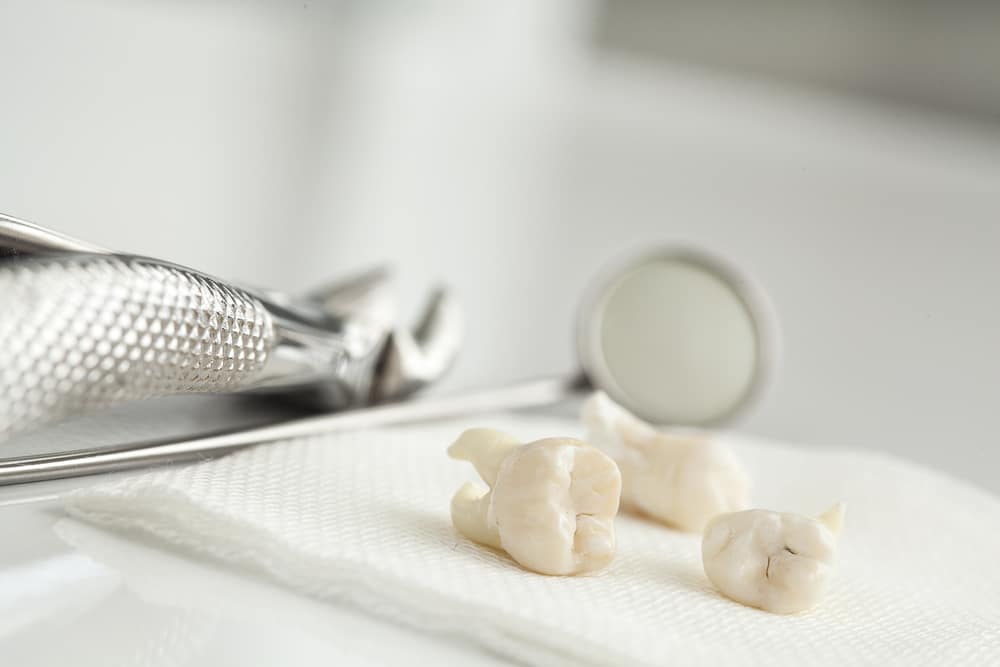
A recent study by researchers at McMaster University has revealed that the first permanent molars record a lifelong record of information that goes back to the womb.
The new study has found that these teeth store vital information that can even connect a child’s health to the health of its mother for as long as hundreds of years after birth.
Dentin, the tissue layer under the hard, bonelike tooth enamel, forms in microscopic layers, similar to the rings of a tree. This formation is dependent on adequate levels of vitamin D. When there is not enough of this critical nutrient, it shows in the dentin.
In earlier researchers, the researchers discovered that tiny defects remain in the dentin and can be identified later on. As teeth do not decay at the same rate as flesh or bone, they serve as a perfect record of the patient’s life and health.
Using other information, the researchers can develop information banks about an individual’s past conditions, such as whether they lived in areas where sunlight was low.
One example established by the study was the early colonial settlers of Canada, who were frequently covered from head to toe, even during warm summer temperatures. As a result, they commonly developed rickets or other illnesses related to low levels of vitamin D.
In their current study, the researchers look at the records during the original formation of teeth beginning in the fetal stage. Doing so can explain the mother’s health during pregnancy, as all of a child’s teeth form in utero.
The first permanent molars also form in utero and stay in the mouth through an individual’s adult life, retaining information about vitamin D intake dating back to the mother’s pregnancy.
This information can give valuable health information about the child.
‘Understanding the connection between maternal and child health can help reveal what possibly to expect in children and their oral health,’ said Dr. Sean Endsley, a Waco, Texas, dentist.
During their study, the researchers analyzed both modern and archaeological tooth samples, which included specimens taken from two skeletons from 19th-century Quebec.
One of the samples was from a 3-year-old girl who experienced rickets, and another example taken from a young man.
The girl’s sample revealed that her mother experienced a vitamin D deficiency while pregnant, which could have contributed to the child’s early death.
The young man’s specimen showed his mother also experienced a vitamin D deficiency, which could be a connection between his early death and his mother’s health.
Source: McMaster University. ‘First adult molars are ‘living fossils’ that hold a ‘health record’ dating back to the womb.’ ScienceDaily. ScienceDaily, 11 November 2019.




